Here is also the script (written in Typescript) to move the messages from one AWS queue to another one. Maybe it will be useful for someone.
import {
SQSClient,
ReceiveMessageCommand,
DeleteMessageBatchCommand,
SendMessageBatchCommand,
} from '@aws-sdk/client-sqs'
const AWS_REGION = 'eu-west-1'
const AWS_ACCOUNT = '12345678901'
const DLQ = `https://sqs.${AWS_REGION}.amazonaws.com/${AWS_ACCOUNT}/dead-letter-queue`
const QUEUE = `https://sqs.${AWS_REGION}.amazonaws.com/${AWS_ACCOUNT}/queue`
const loadMessagesFromDLQ = async () => {
const client = new SQSClient({region: AWS_REGION})
const command = new ReceiveMessageCommand({
QueueUrl: DLQ,
MaxNumberOfMessages: 10,
VisibilityTimeout: 60,
})
const response = await client.send(command)
console.log('---------LOAD MESSAGES----------')
console.log(`Loaded: ${response.Messages?.length}`)
console.log(JSON.stringify(response, null, 4))
return response
}
const sendMessagesToQueue = async (entries: Array<{Id: string, MessageBody: string}>) => {
const client = new SQSClient({region: AWS_REGION})
const command = new SendMessageBatchCommand({
QueueUrl: QUEUE,
Entries: entries.map(entry => ({...entry, DelaySeconds: 10})),
// [
// {
// Id: '',
// MessageBody: '',
// DelaySeconds: 10
// }
// ]
})
const response = await client.send(command)
console.log('---------SEND MESSAGES----------')
console.log(`Send: Successful - ${response.Successful?.length}, Failed: ${response.Failed?.length}`)
console.log(JSON.stringify(response, null, 4))
}
const deleteMessagesFromQueue = async (entries: Array<{Id: string, ReceiptHandle: string}>) => {
const client = new SQSClient({region: AWS_REGION})
const command = new DeleteMessageBatchCommand({
QueueUrl: DLQ,
Entries: entries,
// [
// {
// "Id": "xxxxxxxx-xxxx-xxxx-xxxx-xxxxxxxxxxxx",
// "ReceiptHandle": "someReceiptHandle"
// }
// ]
})
const response = await client.send(command)
console.log('---------DELETE MESSAGES----------')
console.log(`Delete: Successful - ${response.Successful?.length}, Failed: ${response.Failed?.length}`)
console.log(JSON.stringify(response, null, 4))
}
const run = async () => {
const dlqMessageList = await loadMessagesFromDLQ()
if (!dlqMessageList || !dlqMessageList.Messages) {
console.log('There is no messages in DLQ')
return
}
const sendMsgList: any = dlqMessageList.Messages.map(msg => ({ Id: msg.MessageId, MessageBody: msg.Body}))
const deleteMsgList: any = dlqMessageList.Messages.map(msg => ({ Id: msg.MessageId, ReceiptHandle: msg.ReceiptHandle}))
await sendMessagesToQueue(sendMsgList)
await deleteMessagesFromQueue(deleteMsgList)
}
run()
P.S. The script is with room for improvement, but anyway might be useful.
